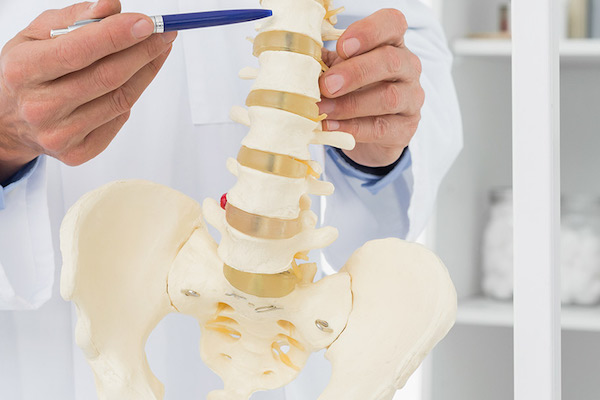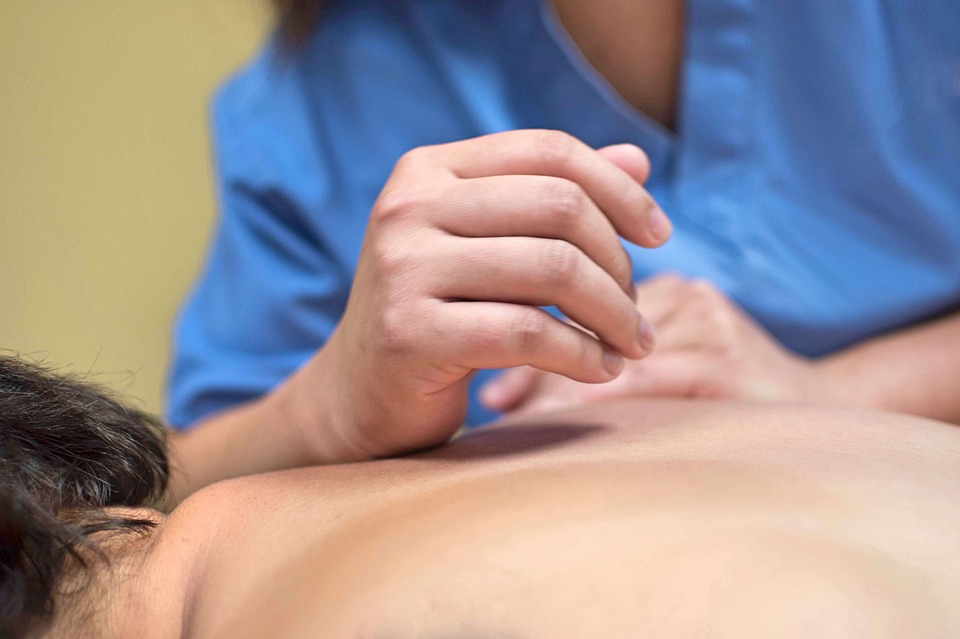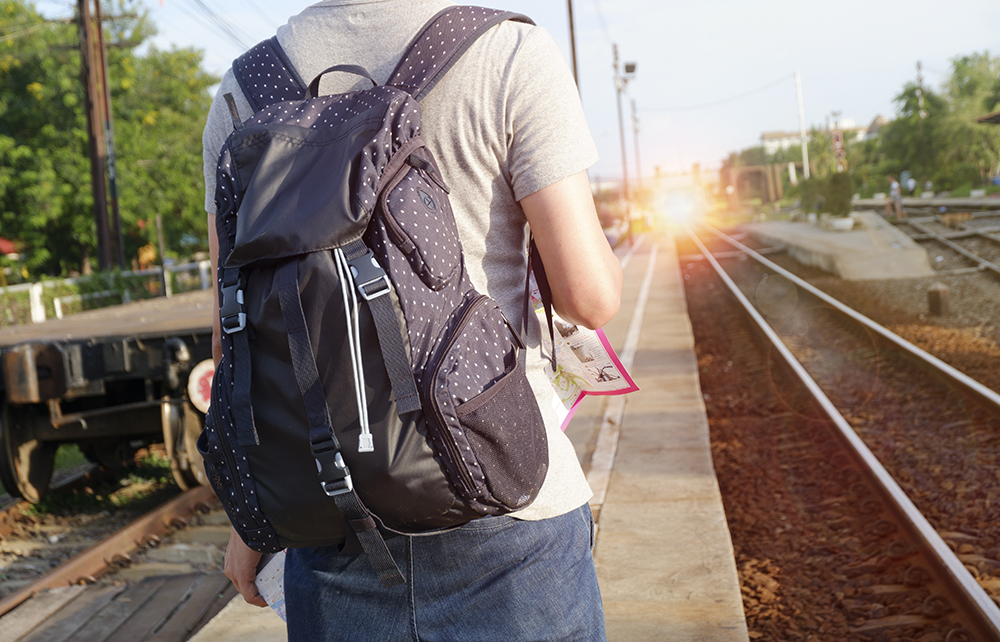As we age our bodies are subject to all sorts of change. One is a degenerative condition in which the spinal canal (the opening in the vertebrae through which the spinal cord travels) narrows. The name of this condition is spinal stenosis. Most commonly it occurs in the lower spine, known as the lumbar spine. It can be brought on as a natural part of aging, by a traumatic event like a fall or a car accident, or by arthritis. It may also arise as a result of a genetic condition.
As stenosis progresses, pressure is put on the spinal cord or on the nerves emanating from it through the various vertebrae—the individual bones of the spine. This can bring on symptoms like numbness in the legs, limping and lower back pain.
Bed rest, analgesics, muscle relaxants and the application of heat are possible spinal stenosis treatments in a conservative medical approach. In an extreme case, a medical doctor might recommend surgery to ease the pressure on a nerve. Chiropractic care is another option. The chiropractor adjusts the spine to make sure all the vertebrae are in line, giving the spinal cord a clear, unobstructed path. A regimen of exercise and other self-care techniques to help keep the spine stable is also part of the chiropractic approach. Talk with your chiropractor about preventive steps you can take to keep your spine healthy.












